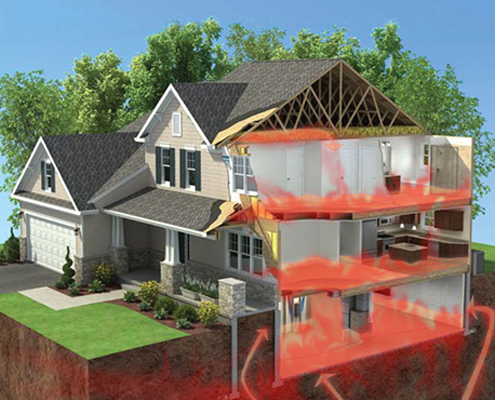Radon Testing
What Is A Radon Test, And How Does It Work?
Radon testing is the only way to determine if your home has higher-than-average levels of radon, which pose a health risk to your family.
There are different types of radon testing. You can choose to use a short-term test kit, which is usually placed and left for a period of up to 90 days, or a long-term kit, which is designed to measure seasonal fluctuations in radon levels. Long-term kits are left in place for 90+ days. Real estate transaction radon tests are completed in 48 hours. Results are available immediately after the end of the test.
DIY Vs. Professional Testing
Most DIY radon test kits consist of a charcoal canister or a similar material, which can pick up and trap small amounts of radon. Using lab tests, the amount of radon in a test kit can be determined, and the overall radon levels in your home can be measured.
While DIY test kits are available, hiring a professional, such as a home inspector, will often provide you with more accurate results. At INFOTEC Home Inspection, we utilize state-of-the-art professional Continuous Radon Monitors or CRMs. This type of test does not need to be sent to a lab. Instead, results are available to the inspector and the client almost immediately after the test completes.
Why Are Radon Tests Important? Understanding The Benefits
The biggest benefit of radon testing is peace of mind. Radon has no smell, taste, or color, and beyond contributing to the development of lung cancer, radon exposure has no symptoms that can be identified by a doctor. That means a radon test is the only way to make sure your home has a safe level of radon.
If you are a home seller, a radon test can help you sell your home faster by providing information about radon levels upfront to potential buyers, and ensuring you meet local codes related to radon compliance. The EPA (Environmental Protection Agency) recommends that you test for radon when buying a home. That way, if high levels of radon are detected, you can request that the home seller install mitigation features, or you can back out of the purchase by utilizing your home inspection contingency.


